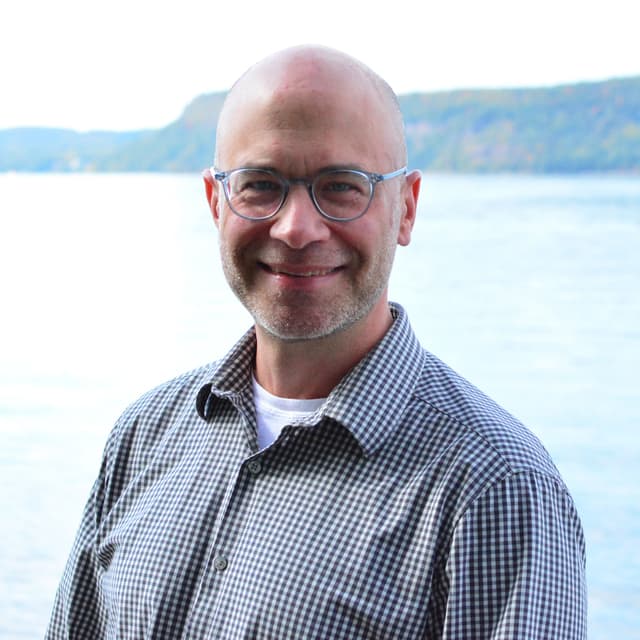City seizes critical opportunity to invest in sewer infrastructure – an example for others to follow.
Together with other investments, the 35,000-pound, $1.5 million tunnel boring machine will reduce sewage overflows into the Hudson River by 56 million gallons – every year.
Video loading...Here are some lessons from the event:
Water workers matter. They aren’t celebrated often or enough – for instance, remaining unacknowledged as “essential workers” during the early stages of the pandemic – but water, sewer, engineering staff and related public works staff in communities up and down the Hudson River are on the front lines of protecting and restoring water quality every day.
Every day, they make sure the waste we flush reaches treatment plants and is cleaned up before discharge. Riverkeeper often argues for higher standards for those discharges, and we know that the folks charged with meeting those standards will do their part. Critically right now, these staff are key to planning for the projects that can win state and federal grants in years to come.
Newburgh’s team – notably Jason Morris, DPW commissioner and Wayne Vradenburgh, Water Superintendent – are exemplary in this regard, and are incredible assets to their city. Their work ranging from sewer improvement projects like this, to lead service line replacement and drinking water source protection planning is wide-ranging and highly impactful, if often unseen.
Votes matter. The $32 million tunnel boring project in Newburgh is only one in a series of multimillion-dollar projects in this city, and there are projects like it ongoing and planned in almost every river city from New York City up the Hudson to Glens Falls, out the Mohawk to Utica, and throughout the watershed. These projects are taking place because New York State lawmakers worked with advocates like Riverkeeper to establish grant programs starting in 2015 to help communities make these investments.
Laws – and their enforcement – matter. Without the Clean Water Act, New York State Environmental Conservation Law, and the federal and state agencies that enforce those laws, few if any of these investments would be taking place. The river would not have enjoyed the remarkable recovery that it has already achieved, and we would have no promise of future improvements.
Newburgh isn’t alone. Utica, Little Falls, Amsterdam and Cohoes on the Mohawk; Glens Falls, Washington County (Fort Edward and Hudson Falls) and Waterford on the Upper Hudson. Albany, Green Island, Troy, Watervliet, Rensselaer, Hudson, Catskill, Kingston, Poughkeepsie, Westchester County (Yonkers) and New York City all have CSOs, as do a half-dozen Hudson River communities on the New Jersey shoreline. All are working on projects to reduce overflows under the same set of laws that prompted Newburgh’s investments. Achieving the Clean Water Act goal of a “swimmable” Hudson takes continued vigilance.
Whether for aquatic life or the communities of people along its shores, clean water is the essential ingredient to thriving in this incredible spot on Earth. These projects are our gift not only to this generation, but the next.







